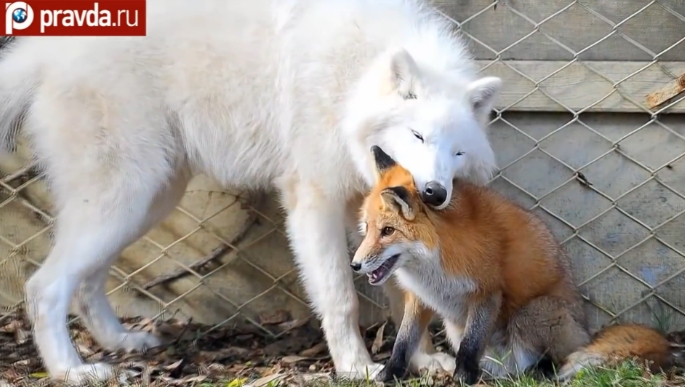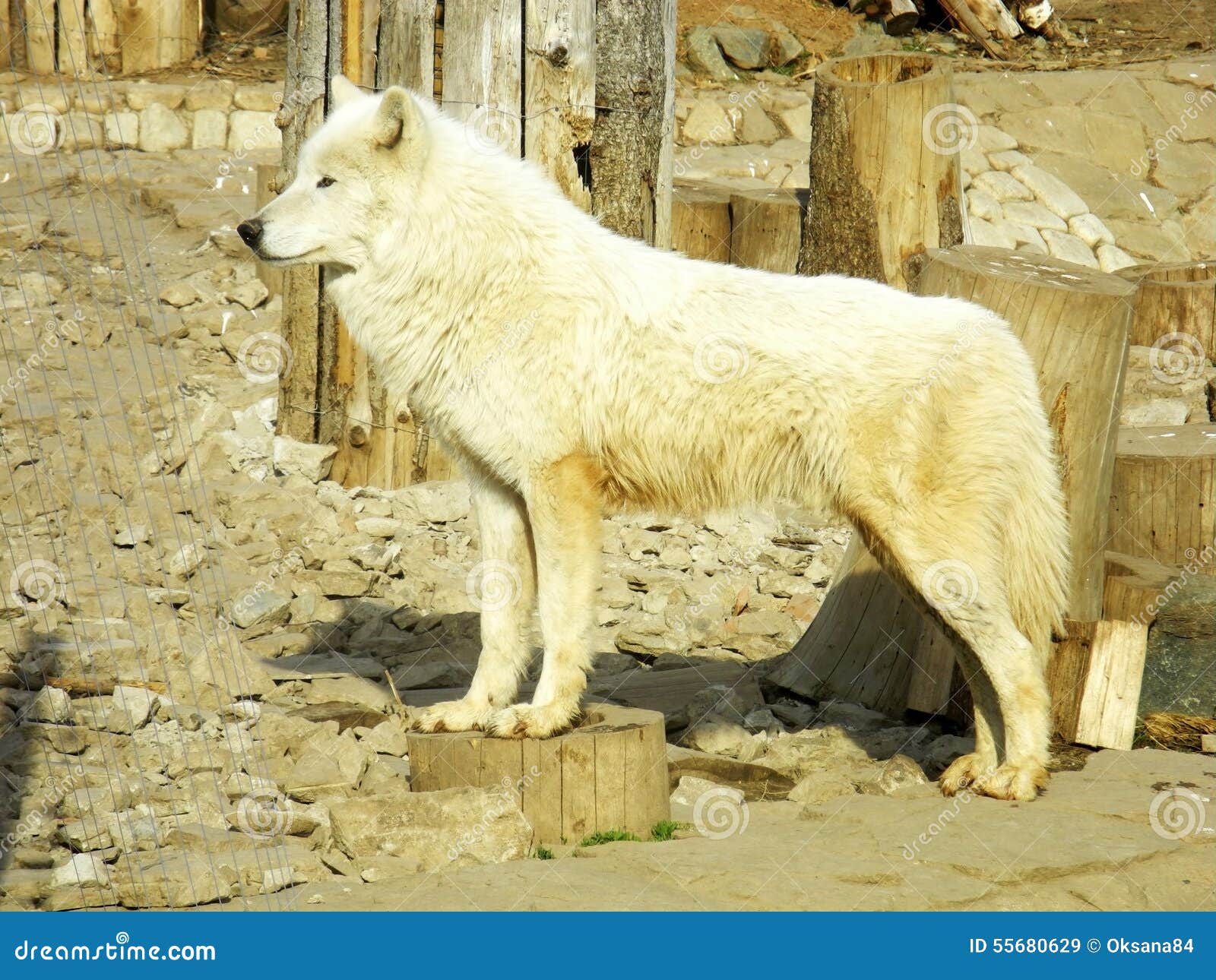

Musk oxen are one of the lesser-known creatures. We humans hunted them for their meat and their fur but in 1917 the Canadian Government completely banned musk ox hunting. Musk oxen are, I’m happy to say, not at any risk of extinction, although they were almost wiped out in the 1800s. To catch a meal any predator must make it past a wall of muscle and horn.

Instead they form a circle facing outward with any youngsters protected within. Surprisingly, musk oxen rarely run from an attacker. Musk oxen have a few enemies – polar bears and arctic wolves being their main predators. This only lasts for a couple of months and then the outcasts can return, ready to try their luck again next year. All the other males are driven away leaving just one to mate with all of the females. The males in a herd will fight until one emerges as the dominant bull. This all changes in summer though when the mating season arrives. They are experts at finding and excavating any plants, mosses or lichens covered by ice.įor most of the year musk oxen live in large herds of up to 70 animals. Their hooves are sharper than those of most bovines, and well suited for digging. Snow covers the ground hiding any potential meal but musk oxen have ways around this. In fact, they look quite a lot like miniature mammoths (bit without the trunk!).ĭuring the summer, musk oxen eat grasses but, in winter, food is hard to come by. It’s as though they were adapted for living in the Ice Age.

It’s so effective that musk oxen can survive temperatures as low as -40 ⁰ Celsius. They have several layers of long, thick, woolly fur which keeps them warm. But they look even bigger than this because of their thick coats. Musk oxen are large creatures, almost 2m tall and 2.5m long. This smell, or musk, was at one time prized by perfumers, and it’s that which gives the musk ox its name. So how did musk oxen get their name? Well, if you can get close enough to one you’ll see – or rather you’ll smell! During the mating season, male musk oxen produce a potent smell from special glands in order to attract females. Can you tell what it is from looking at the picture? It’s a musk ox. It’s not a reindeer, and it’s not a buffalo. There’s a large, cattle-like animal which lives in the frozen tundra of North America.


 0 kommentar(er)
0 kommentar(er)
